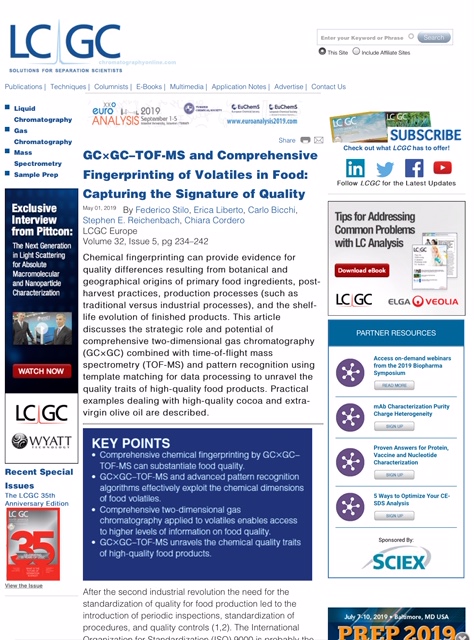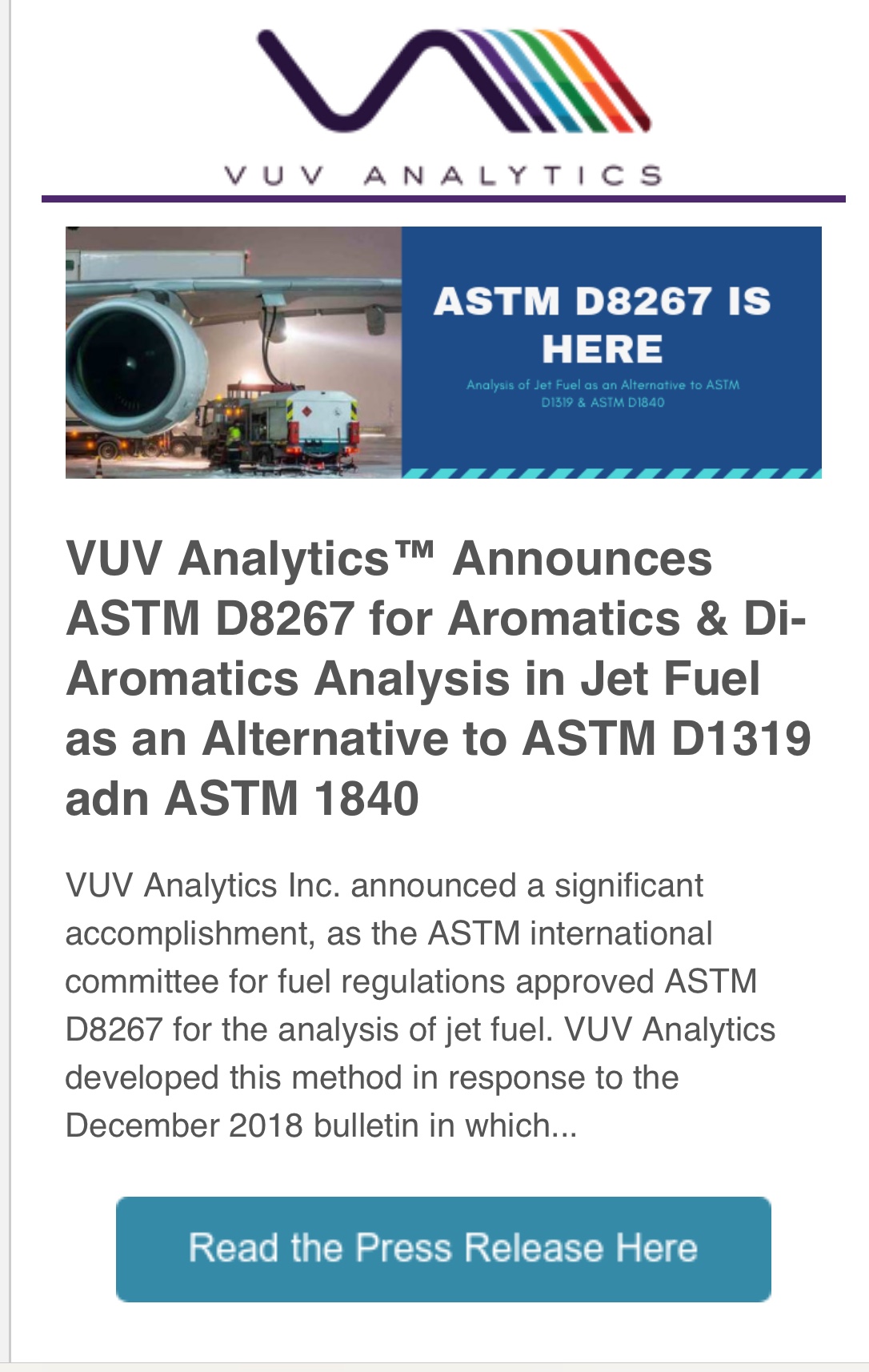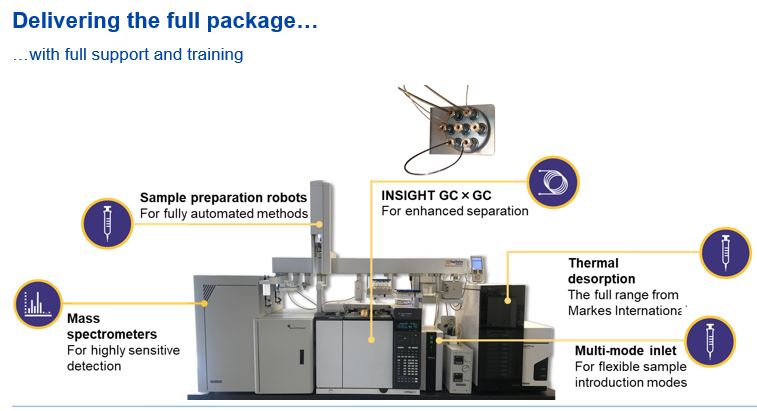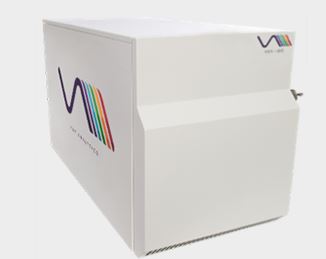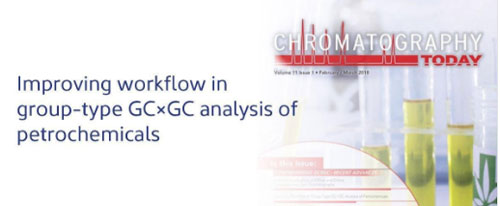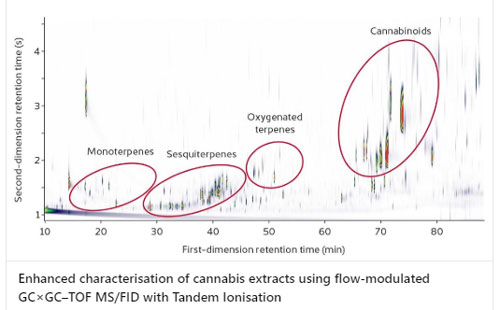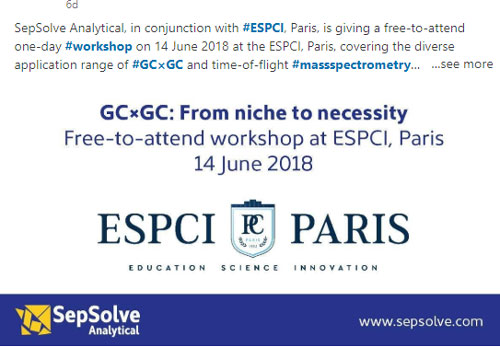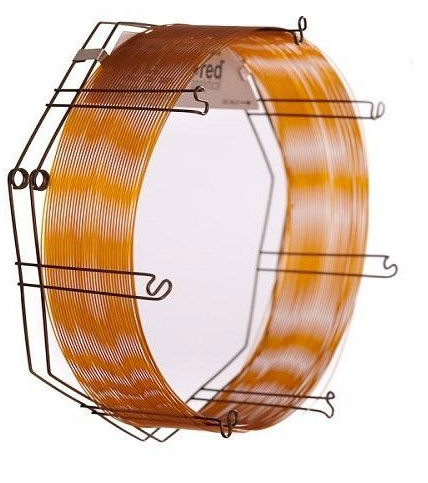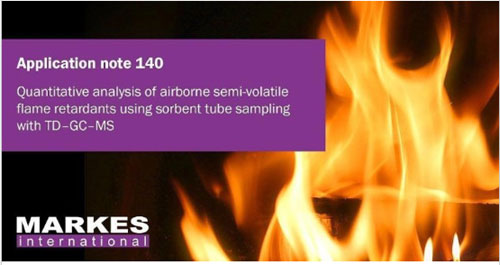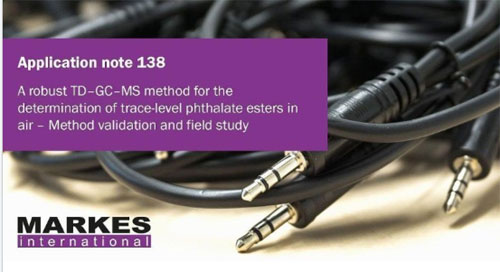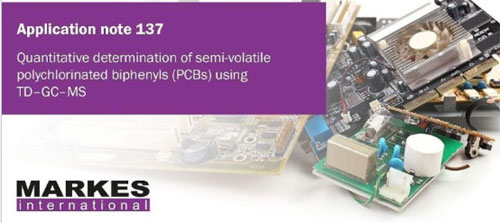Jan Nordin1, Laura McGregor2, Keith Summerhill3, Aaron Parker2, Bob Green2 and Albert Koulman3,4
1Chemalys, Dalarö, Sweden 2Sepsolve Analytical, Peterborough UK 3MRC Elsie Widdowson Laboratory, Cambridge UK 4NIHR BRC Nutritional Biomarker Laboratory, University of Cambridge, UK.
Triglycerides of fatty acids are major components of the fats and oils present in foods and living organisms, and along with fatty acids themselves, play a central role in human health. Research into both these areas relies on knowing the chemical structure of the fatty acid side-chains (specifically the chain length, degree of unsaturation and double-bond stereochemistry), and the proportions of particular classes of triglycerides present.
Analysis of fatty acids is therefore an area of considerable interest. To avoid reproducibility problems in the analysis of free fatty acids, it is common to extract the lipid fraction from the substrate and convert it to the corresponding mixture of fatty acid methyl esters (FAMEs). These are volatile enough to be analysed by gas chromatography (GC), typically with flame ionisation detection (FID).
However, the separation of FAMEs is challenging and none of the conventional solutions are ideal – longer columns are not only expensive but also lead to longer run times, while multiple runs and extra extraction steps decrease productivity.
Addressing such issues, two-dimensional gas chromatography (GC×GC) using two columns of differing selectivity can provide the chromatographic resolution necessary to separate larger numbers of unsaturated and saturated FAME homologues and isomers, in a single run.
In this study, we describe the benefits of GC×GC with parallel detection by time-of-flight mass spectrometry (TOF MS) and FID. This includes confident identification of targets and unknowns through the use of Tandem Ionisation for simultaneous acquisition of 70 eV and soft ionisation mass spectra
